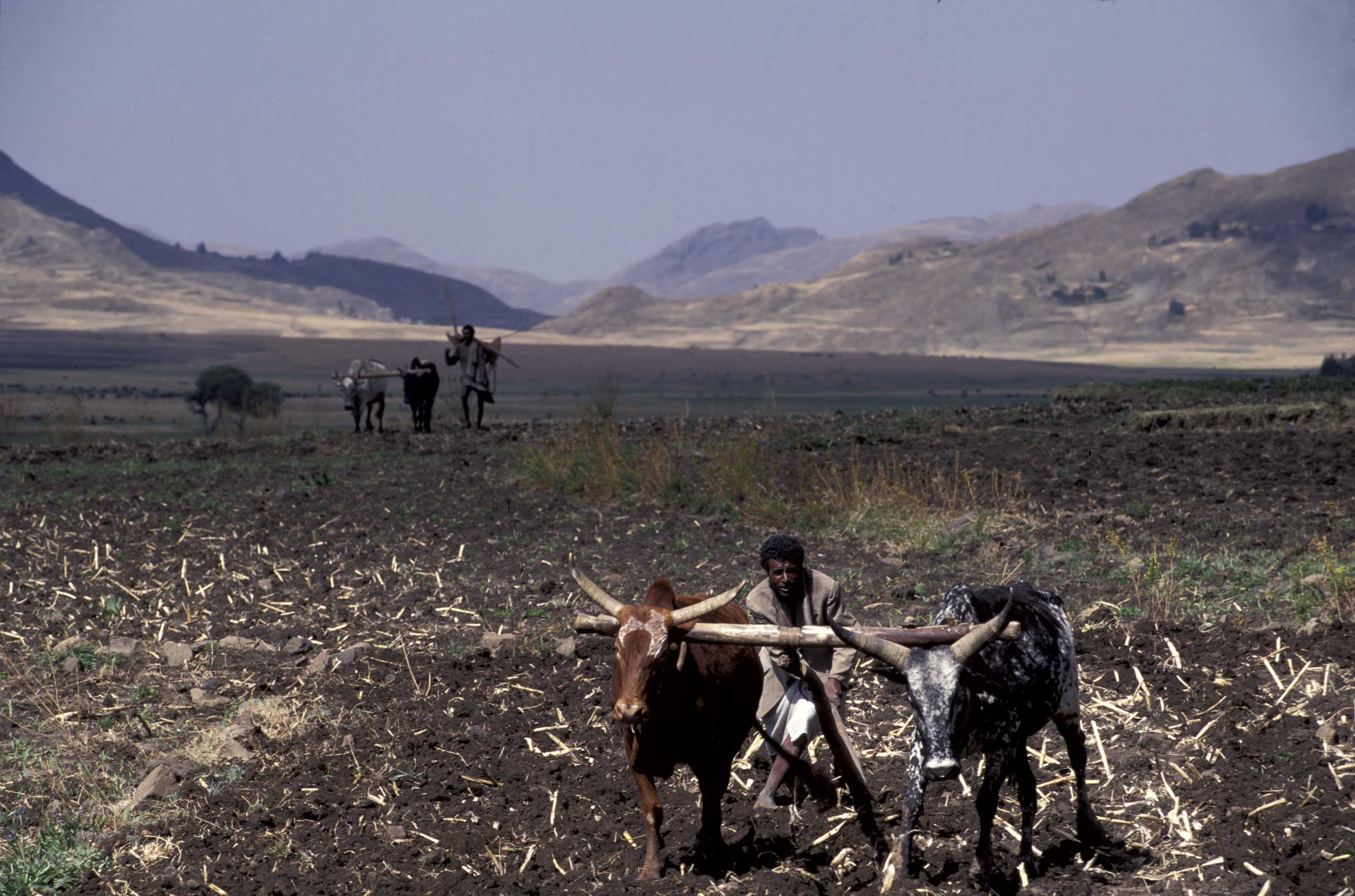Step 2: Assess risk 2.2 Identify adverse impact
Incidence of poverty and risk of adverse labour rights
Begin by analysing the labour rights context and the incidence of poverty in your supply chain. Review the implementation and effectiveness of international labour rights agreements on national legislation and policies. The legal analysis provides the basis for gathering practical insights into the application labour rights on the ground. Similarly, investigate the poverty profile in the specific country/area.
This work relies primarily on desk research and analysis. There are numerous publicly accessible databases and tools to develop a snapshot of the socio-economic situation in sourcing areas.
Databases and tools for risk analysis
Country context - Explore the poverty profile and political conflicts affecting your supply.
- World Bank Poverty and Equity portal
- Global Conflict Tracker
- Check local government sites for local/regional data
Specific supply chain risk - Use databases and resources to identify the supply chains that represent the greatest risks.
- ITUC Global Rights Index
- Amfori BSCI Country Risk Classification
- CSR Risk Check
- US Department of State - Annual Country Reports on Human Rights Practices
- US Department of Labour - Child Labour, Forced Labour & Human Trafficking
- Fairtrade Risk Map
Business level - Determine if there is a safe space for NGOs, trade unions and farmer organisations to engage in labour rights work and report openly on the impacts of business activities.
You can make your research easier with ALIGN's source map, a compilation of information on specific countries and commodities based on the resources mentioned above.
If you source raw materials directly, you likely have internal data already compiled on some of the data needed for risk assessment. These may be housed in procurement documents, sustainability partnerships, or with your company’s risk assessment department.

Risk of low wages and low incomes
After developing and understanding of the labour rights and poverty landscape around your supply chains, the next step is to conduct an in-depth assessment on the identified risk areas. It is crucial to identify stakeholders affected and potentially affected by company operations and supply chain partners. This requires an in-depth fact-finding review of company operations and stakeholders, and evaluating company performance against human rights (labour) standards.
The primary data collection required for this portion involves interviews and other types of stakeholder engagement. Workers and union representatives, local authorities and local experts, such as NGO’s, are excellent sources of information about local conditions. Context and farmer data can be requested from stakeholders and suppliers in consultations and/or via questionnaires.
With this portion of analysis, it is important to:
- Build an understanding of the external dynamics affecting wages and/or income in the particular context.
- Investigate the specific working conditions, stability of employment, workers' representation, and the collective bargaining and wage setting mechanisms of your suppliers.
- Pay special attention to vulnerable or marginalised groups or populations (e.g. women, migrant workers).
- Investigate the level of farmers’ poverty, food insecurity and malnutrition, as well as their access to markets, financial support and information.
The risk assessment should result in enough information to successfully diagnose the severity of labour rights risk and low wages and/or low incomes.
- If all the adverse impacts cannot be addressed immediately, prioritise them based on severity and likelihood. Focus first on the most severe adverse impacts.
- If you identified low wages and/or incomes in your supply chain, the next step is to investigate the potential wage and income gap.